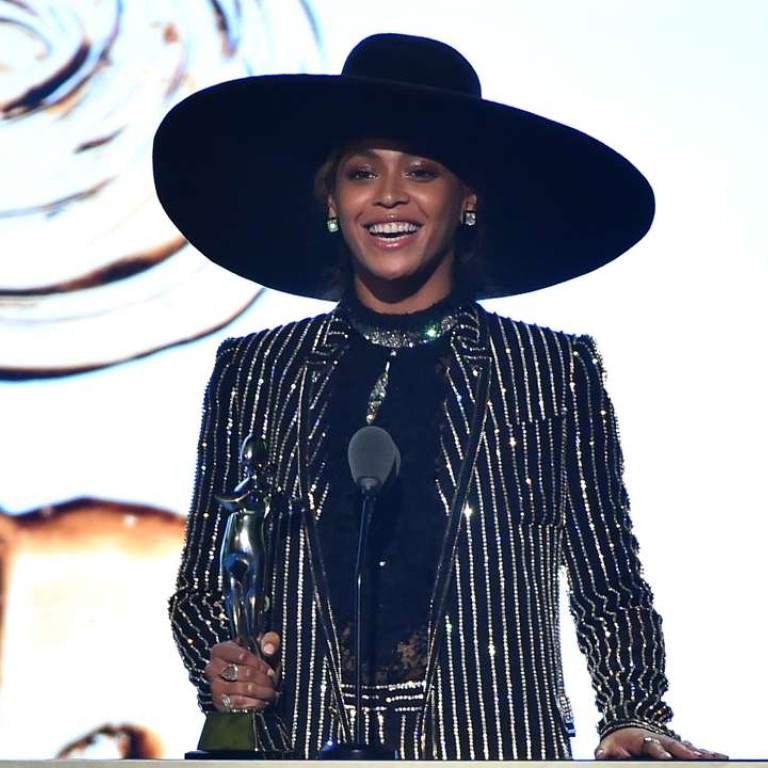
Beyoncé takes the icon award as fashion show honours Bowie, Prince and Muhammad Ali
Stars and industry professionals out in force for Council of Fashion Designers of America awards
The fashion industry gave out its annual awards celebrating the best the frock trade had to offer over the last year. It honoured makers of handbags and shoes, men’s tailoring, women’s sportswear – and the enduring talent of Norma Kamali, who gave the world the famous “sleeping bag” coat.
It also recalled the memory of David Bowie, took note of the power of Prince and offered a few words of remembrance for Muhammad Ali.
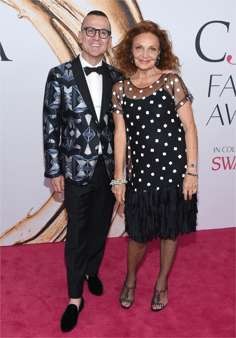
The Council of Fashion Designers of America had kept mum on who would be the recipient of this year’s icon award, but by the time husband Jay-Z and daughter Blue Ivy slipped into the ballroom to take their seats, the secret was out. As is tradition, the presentation of the award, this year by CFDA president Diane von Furstenberg, was preceded by a video – a few seconds of context and explanation. Who is this person? Why are they being honoured? Why now?
The one-word answer: Lemonade.
Beyoncé has never been known as a fashion risk-taker and in fact, her public image has been a carefully curated, vaguely boring set piece defined by extremely tight mermaid dresses, sparkly leotards, the occasional princess gown.and one very see-through bedazzled fishnet.
In the world of Beyoncé, fashion always took the back seat. She was not known for bringing a particular designer into the spotlight. There have been no grand fairy tales about her former stylists emerging as designers in their own right. No fashion label has transformed her.
All of that speaks to the personal magnetism and powerful individuality of Beyoncé, but it does little to connect her to the myth-making, collaborative, potent world of fashion.
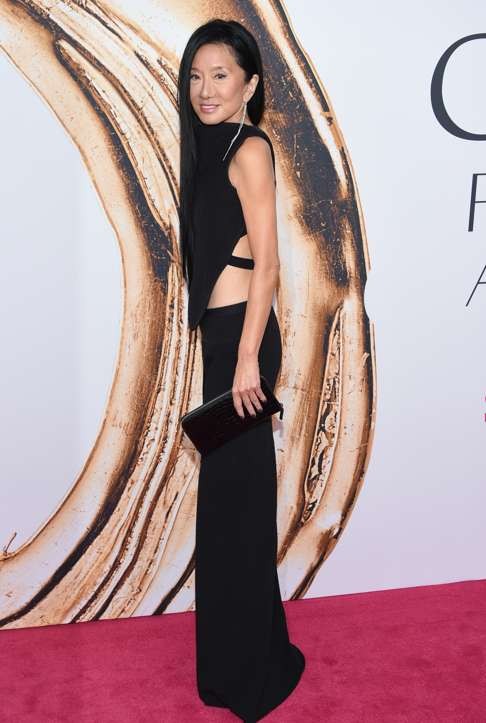
The music video used fashion to create mood and sketch out a stylised history. The eerily angelic and graceful white dresses of Beyoncé’s chorus – her posse, her comrades, her ancestors – root the film’s storytelling. The gold Roberto Cavalli dress that she wears during her “crazy or jealous” bat-swinging stroll transforms her into a slow-moving, mesmerising fireball.
There are flashes of popular designs from Rosie Assoulin and sprinkles of Swarovski crystals. Even a smudge of Yeezy. But there are also references to the old South, to Africa and the Fertile Crescent in her clothes. And each garment helps to tell a story that links past and present; the fashion is not simply there to draw attention to Beyoncé – her legs, her derriere or her waist. Fashion is allowed to do more than that.
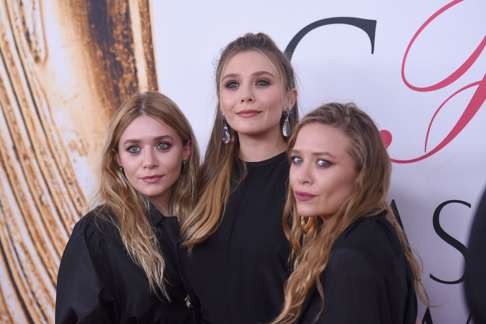
“I want to say thank you to every designer who works tirelessly to make people think they can write their own story,” Beyoncé said. “I encourage you to not forget this power you have or to take it lightly. We have the opportunity to contribute to a society where any girl can look at a billboard or magazine cover and see her own reflection. Soul has no colour, no shape, no form. Just like all of your work, it goes far beyond what the eye can see. You have the power to change perception, to inspire and empower.”
Fashion’s big night also highlighted the aesthetic influence of Thom Browne’s menswear designs and the womenswear collections of Marc Jacobs. It celebrated the discreet handbags of Mansur Gavriel and the legacy of Donna Karan. It marked the rising clout of the online trade publication Business of Fashion, by giving the media award to its founder Imran Amed and the resurgence of Gucci, by presenting the international award to creative director Alessandro Michele.
The Swarovski awards for new talent spotlighted footwear designer Paul Andrew, the sportswear talent of Orley and the sleek evening wear of Brandon Maxwell, which has notably helped Lady Gaga build a new public identity as a singer and actress and not just a pop star in a meat dress.
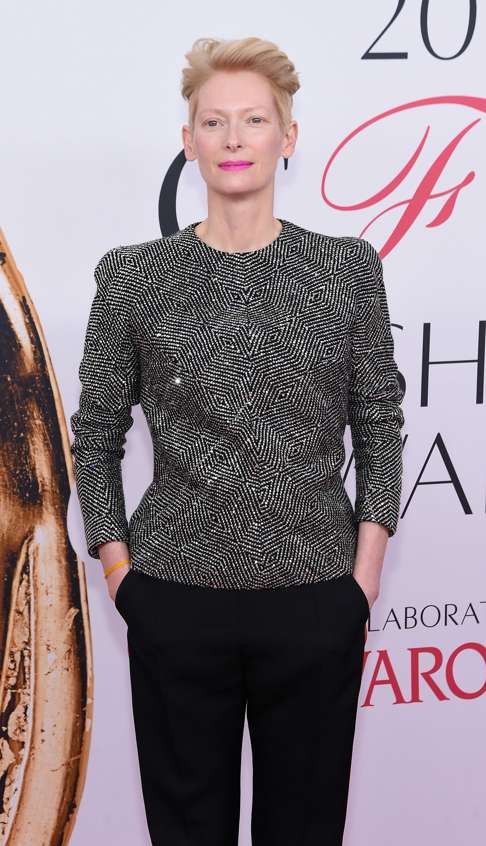
Michael C. Hall, who starred in Lazarus, performed Changes as models recalled a few of Bowie’s many gender-blurring stage personas.
Jennifer Hudson, aglow in silver sparkles, closed the show, which was hosted by Joel McHale, with an homage to Prince.
The CFDA hopes to televise the awards. A plan to do so this year was aborted. It certainly had musical performances that could entertain a wider audience. But the industry still struggles with how to bring the actual fashion to life on stage without the benefit of celebrities or the personal showmanship of individual designers. A group fashion show – no matter how stellar the designs – tends to look a bit like a catalogue come to life.
But if there is any note to be taken from these awards, it is to hope that next year’s fashion icon makes a visual statement that has as much resonance as Beyoncé and her Lemonade.
The Washington Post

